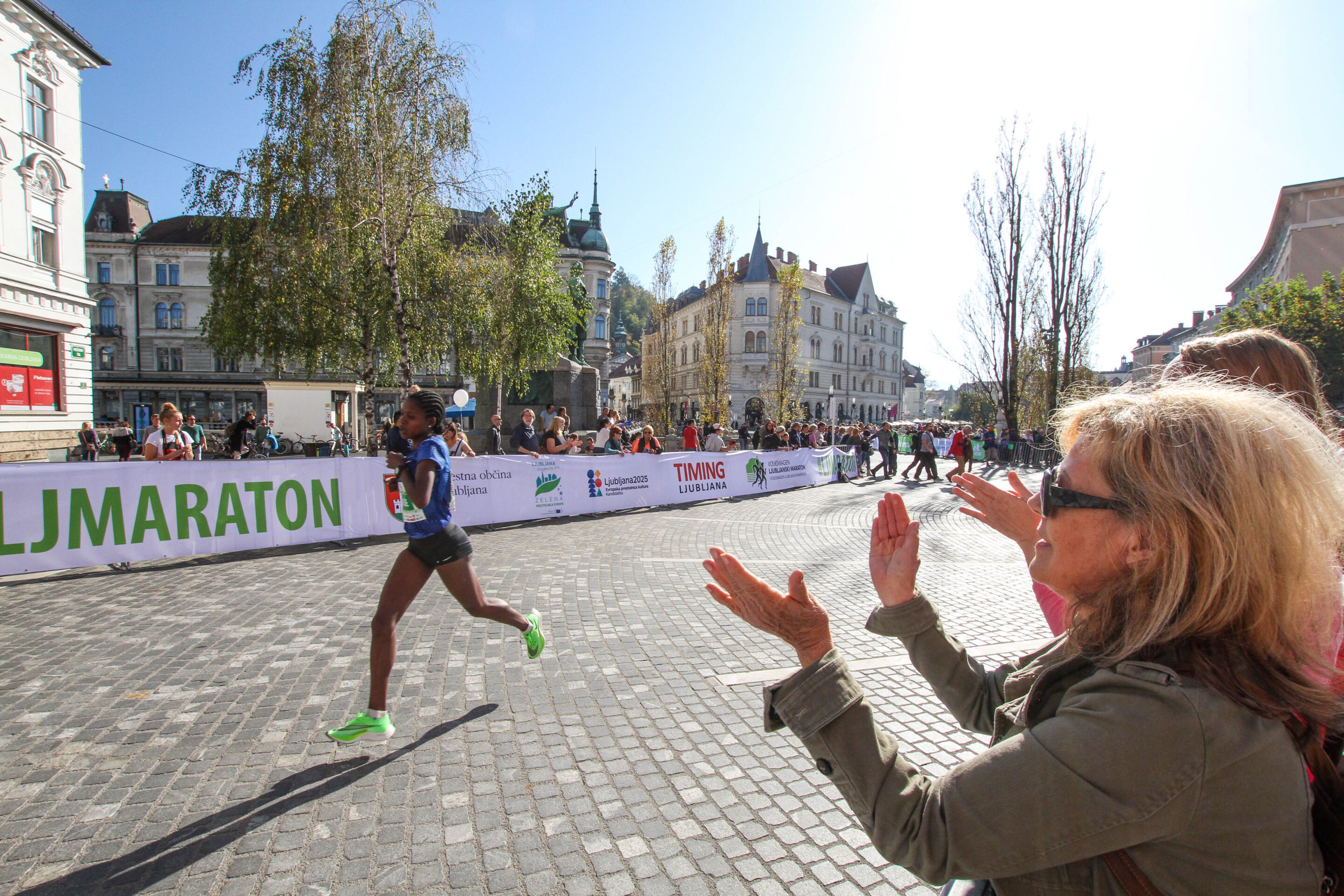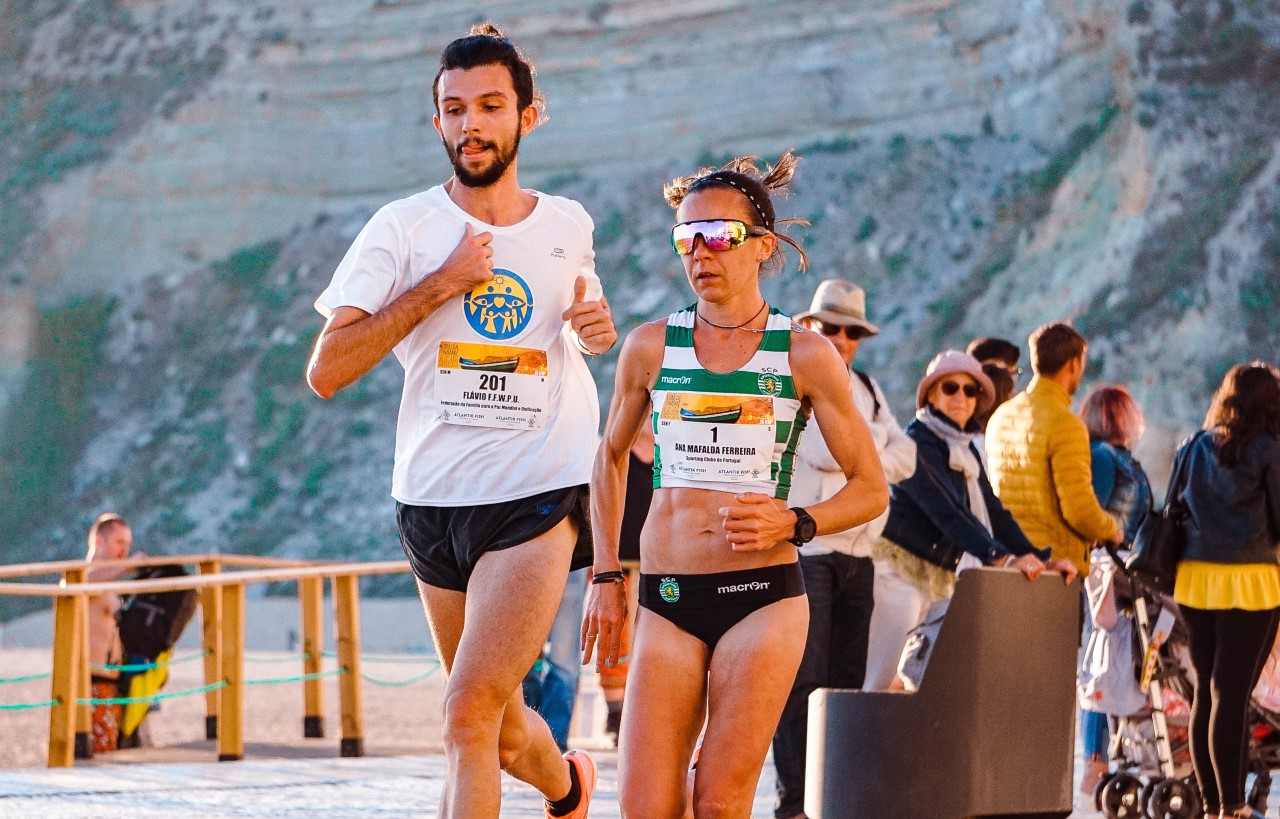WOMEN IN ENDURANCE SPORT. For many years, sport was considered to be only for men, as women’s physiology was viewed as being less efficient, weaker, and unable to push their bodies in the rigor of sport. Prior to the 1960’s, women were banned or restricted from longer running and endurance events. This is because they were considered “too fragile” for distance sport or even shorter Olympic events like the 400 and 800m sprints.
This began the era of mass participation of women in sports, and in the 1972 Olympics the first women’s 1500m was run. The same year, eight women “legally” ran the Boston marathon. By 1984 (only 35 years ago!) the first women’s Olympic marathon was sanctioned.
Women’s Participation Grows
In 2019, 45% of runners were women and in more local smaller city races, women tend to comprise over 50% of participants. Women’s participation in running and endurance sports has come leaps and bounds in just the last several decades, but only recently has science and psychology begun to identify some profound differences between the sexes. What exactly is it that differentiates women’s performance abilities from men?
Physiological Differences
It is generally accepted that women are smaller in stature. Women have more body fat, and less absolute muscle mass and fewer and smaller muscle fibers than men. As well, women have physiologically lower VO2 max numbers than men (the maximum amount of oxygen their bodies can utilize during high-intensity exercise), which is also sensible. In power-based activities, these differences are likely where the discrepancies primarily lie. Across the board, women’s distance running and cycling records among elite athletes are typically 10-12% slower than men, although with longer distances these patterns tend to change as we’ll discuss more later. It has also been seen that men have greater running velocity and can cover more distance in a set period of time. These differences are more profound in shorter, more powerful contexts like shuttle runs or sprints.
However, when it comes to longer, slower, or more submaximal effort events, women have some interesting advantages. Women have higher prevalence of slow-twitch muscle fibres which contract less quickly, but can contract consistently for very long periods of time. The hormone estrogen also seems to improve the oxidative capacity of muscles. This means greater oxygen update and improved recovery. Men however, tend to be able to have enhanced muscle growth due to higher level of testosterone – again, benefitting sports that favour power but potentially less valuable to low-and-slow type training and racing.
What Does This Mean?
So, when women train at the same intensity as men, they are able to adapt to the same degree, and in some circumstances even more effectively. As we’ve discussed, especially in distance events, women in endurance sports who focus on endurance training are able to become more metabolically efficient and run just as far as men. The science tells us that they should be as quick, but not so fast!
Go a Little Longer
When it comes to ultra-endurance events, women seem to have the upper hand. Many ultra-endurance race winners in unisex races are women – and not by a small margin. This past year, German cyclist Fiona Kolbinger raced 4000km through Europe and finished the Transcontinental Race 10 hours ahead of her closest male opponent. This past May, Katie Wright beat 40 men and six other women to win the Riverhead Backyard ReLaps Ultra-marathon in New Zealand, running almost non-stop for 30 hours. It seems that when the distances get longer, the women are rising to the top.
Why is this? Well, for all of the physiological science out there, there is only just recently a rise in the “biopsychosocial model” – which essentially looks at the mind-body connection and how the mind can affect boundaries within our deeply-entrenched biological systems. In excruciatingly-long distance races, athletes are working far under their maximal power for very long periods of time. Absolute strength and power is of less importance, and mental patience and grit hold much more water. Women also tend to be better at pacing themselves and “seeing further into the future” when moderating their early-race paces. Females also tend to use more emotion-focused coping mechanisms during the pain, fatigue, and sleep deprivation points in long races. Whether its experiences like childbirth or mental toughness from, well, life, it seems that this has given women a leg up when the going gets beyond difficult.
On the Whole…
Women have traditionally been seen as the physiologically “weaker sex” for many years. Culture and society has finally started challenging these norms, as women are now participating in events similar to men, and in some cases out-performing them. While it’s unlikely that women will naturally be lifting heavier weights than men or sprinting 100m faster than men, in longer races the gap is significantly lessened. Moreover, both genders need to remember that the power of the mind is probably the greatest tool of all, and with consistent training for both mind and body, great things can be achieved.
About the Author:
About Altitude Athletic Training: We are a group of coaches, scientists and fitness enthusiasts who empower members of all fitness levels to reach and exceed their athletic goals. All coaches have bachelor’s degrees in kinesiology (at minimum) and will help clients every step of the way. Learn more –>
References
Boston Athletic Association. (2019). 2019 Boston Marathon Statistics. Retrieved from https://registration.baa.org/2019/cf/Public/iframe_Statistics.htm
C. Baumgart, M. H. (2014). DIFFERENT ENDURANCE CHARACTERISTICS OF FEMALE AND MALE GERMAN SOCCER PLAYERS. Biology of Sport, 227-232.
Joyner, M. J. (2016). Physiological limits to endurance exercise performance: influence of sex. The Journal of Physiology.
K.M Haizlip, B. H. (2015). Sex-Based Differences in Skeletal Muscle Kinetics and Fiber-Type Composition. American Physiological Society, 30-39.
Williams, S. (2019, August 11). Are women better ultra-endurance athletes than men?


